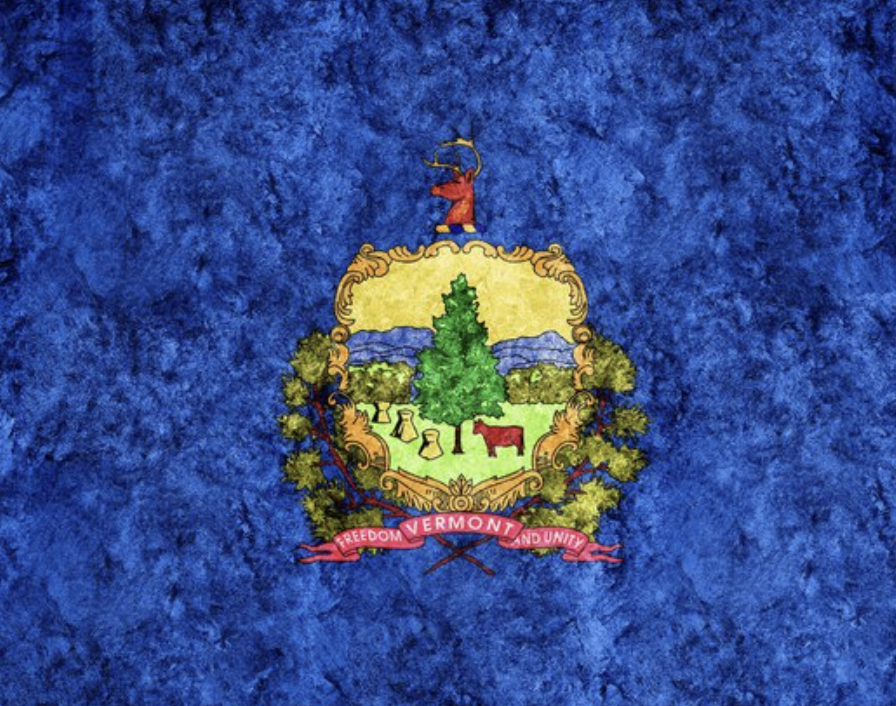
Submitted
By Rep. Michelle Bos-Lun, D-Westminster
Editor’s note: Michelle Bos-Lun is a secondary school teacher in her second term representing Westminster, Rockingham and Brookline in the Vermont House.
I recently submitted a bill to create the Vermont State Mushroom after consulting with some important stakeholders: the elementary students of Windham Elementary School and the middle school students of the Compass School in Westminster. Both groups of students spent time learning about the wonders of wild mushrooms, and after considering diverse contenders students at both schools chose the same mushroom genus by a majority vote, Hericium. After counting all votes: Hericium americanum, commonly known as Bear’s Head Tooth, was the winning mushroom.
To determine which mushroom should be the state mushroom, I visited both schools and talked with students about a diverse array of mushrooms. We discussed pros and cons and symbolism from names and mushroom qualities. At Windham, the Lions Mane initially won. At Compass School, with more voting students, the ultimate winner was Bear’s Head Tooth. A return visit to Windham had all but two students supporting the Bear’s Head Tooth.
Many educators agree that getting students into nature is a desirable physical and intellectual activity. Compass science teacher Ron Bos-Lun (this writer’s husband) brings mushroom experts into the woods with his students every year to discover and identify fungi at Bald Hill Reserve in Westminster. Bos-Lun also brought Jack O’Lantern mushrooms to both Compass and Windham Elementary this fall to let students observe mushrooms that glow in the dark. He said they found it “enchanting.”
There were a range of reasons students thought Bear’s Head Tooth would be the best choice: A younger student said, “A mushroom that grows in trees would be great since Vermont has lots of trees.” The middle schoolers seemed more compelled by the uniqueness of the Bear’s Head Tooth and its medicinal qualities.
Learning about mushrooms, identifying them, cultivating them or harvesting ones found in the wild is an activity that almost anyone can do. I began to explore the world of mushrooms during the rainy, isolating months of the Covid-19 pandemic. First I could identify Lobsters, then Chicken of the Woods, then Chanterelles. Suddenly a whole new world opened up! Almost every walk I took in the woods I found new fungi — not all edible, but all interesting and beautiful in different ways. I learned a new word, “mycography” (the photography of mushrooms), and delighted in capturing images of the varied mushrooms. My new hobby gave me a reason to go into the woods and linger and explore. I want the same possibility for other Vermonters, especially children who study Vermont symbols in elementary and middle school.
Only five other states have a state mushroom at this time, though four others have had state mushrooms proposed. No other state has selected Hericium americanum as its state mushroom.
If the committee assigned to review this mushroom proposal decides to take up this bill, it would take testimony, including from the students who were involved in making the selection, myself as the lead sponsor of the bill and Vermont mycologists. We could have a state mushroom by the end of the legislative session in May — just in time for thousands of foragers young and old to head into the woods to see if they can find Bear’s Head Tooth mushrooms and other fungi that have emerged!
It is my hope that selecting a state mushroom will boost interest in foraging and mycography and will inspire other Vermonters to head to the woods and see what delights they can find (or some might take the easier option & buy cultivated mushrooms at farmers’ markets).
Do we have more important, complicated issues to decide this term than a Vermont State Mushroom? Yes. But it is important to remind Vermonters of the treasures we have in our woods. Letting Vermont youth know that their voice matters and they can impact policy on the state level is important too. A state mushroom would develop interest and knowledge about mushrooms in Vermont and perhaps encourage new people to go out in the woods looking not only for the state bird (Hermit Thrush), the state animal (Morgan Horse) or the state tree (Sugar Maple) but also the Vermont State Mushroom!
This bill is one that can empower youth voices and encourage people to spend time in nature. It could bring together legislators who might disagree about more complex issues but can pull together to support nature and students.
Designating a state mushroom shows that we value our woods and what grows in them. It sends a message that we value what kids think. It can motivate people to learn about and explore the world of fungi in Vermont, which acknowledges thousands of foragers and home cultivators who already are aware of how fantastic fungi can be. It’s time for a Vermont State Mushroom,
Hericium americanum.
Mushrooms can be exciting, nutritious, beautiful and medicinal and are not a partisan issue. Foraging and identifying mushrooms is a hobby thousands of Vermonters young and old enjoy. I am hoping the General Assembly can come together to establish a new symbol of Vermont, heeding the choice of some young budding mycologists from southern Vermont to have Vermont become the sixth state with a state mushroom.



